Government hospitals are still highly sought after because they offer genuine amenities, cutting-edge technology, highly trained doctors, and inexpensive prices.
A hospital serves an important social function. The hospitals' primary function is to promote health and treat illness, therefore their services to the community are widely regarded as beneficial. The hospitals also serve as educational hubs, preparing future healthcare professionals and researchers by way of hands-on experience.
They are public hospitals because the government owns them and provides funding, either locally or nationally. They have free health care services available. The cash paid here is also claimable for reimbursement.
These may include public health clinics, rural & district hospitals, and universities with medical schools. There are hospitals that do not charge any fees at all and there are others that just charge a small fee for the use of certain rooms & surgical equipment.
People tend to favor the service of a public hospital over those of a private hospital since the doctors there are appointed only after a rigorous interview and exam by a specialist panel.
Due to its status as India's capital, Delhi is home to a number of excellent government hospitals. The following are the top 5 government hospitals in Delhi.
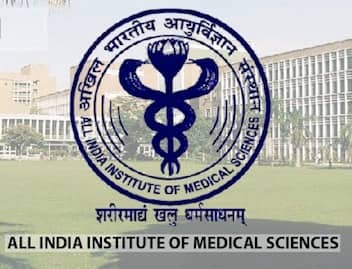
The AIIMS in Delhi's Ansari Nagar neighborhood is among the best-known medical facilities in the country. It's without a doubt the finest facility of its kind in Delhi's public health care system.
Having some of India's most qualified doctors on staff has helped earn the hospital a stellar reputation around the world. It is known to have the highest occupancy rates in the country, with 1,766 beds being used almost constantly.
There are over a thousand doctors on staff, all of whom are qualified to treat even the most unusual and complex conditions.
Also, Ministry of Health & Family Welfare funds a medical research facility at AIIMS.
You won't find a more cutting-edge or prestigious public hospital in India than this one. They have a good reputation for treating a wide variety of conditions, which may explain why so many international patients travel there each year for care. When it comes to many branches of medicine, they are considered to be among the best in the world. They provide a wide range of services, including:
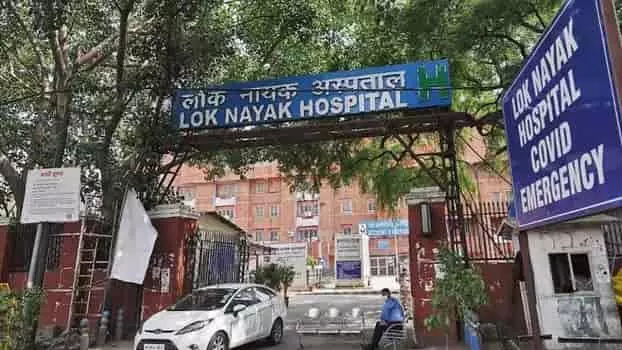
At its Jawaharlal Nehru Marg location in Delhi, LNJP has become a household brand among medical professionals. Lord Irwin is responsible for laying the cornerstone. Patients from Delhi, as well as Punjab, Haryana, Rajasthan, and Uttar Pradesh, will be able to take use of the hospital's cutting-edge diagnostic and therapeutic services thanks to its convenient location.
Everyone in the community can take advantage of the full range of medical services offered by this hospital. In addition, it has made a splash in the realm of health care promotion and prevention. The following areas of medicine are covered by their practice:
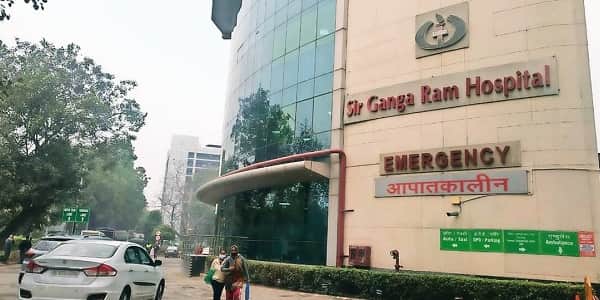
It is amongst the best tertiary care hospitals for multiple specialties. Patients in need from Delhi and the surrounding area can receive care here at no cost. Among Delhi's hospitals, Sir Ganga Ram is the city's first to offer both vascular surgery as well as a full CT scan.
The facility enjoys a stellar reputation as one of the best hospitals in the nation's capital. They brag about their state-of-the-art peritoneal dialysis & haemodialysis units, as well as their CT scan, burn care, thalassemia, and dialysis services.
This health care facility offers a wide range of amenities, including:
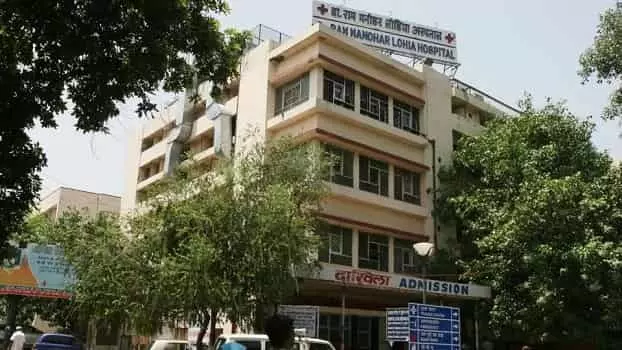
During the British occupation, the British built a number of hospitals, including Ram Manohar Lohia hospital. All kinds of medical emergencies can be treated at this facility. This medical facility is ready to treat a large number of patients in the event of a calamity. A few of the many amenities provided are:
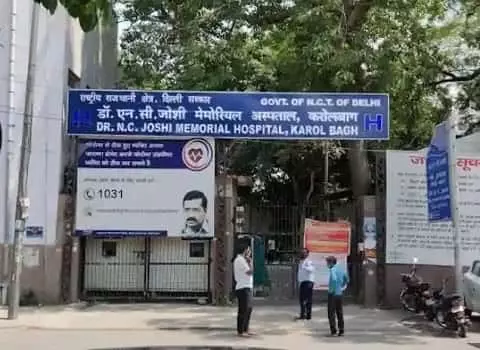
This hospital is established in 1930 by renowned Indian surgeon Dr. N C Joshi. After his untimely death in the post-partition communal violence, his family found it impossible to run the hospital and eventually turned it over to the government of Delhi.
Surgery, medicine, ear, nose, and throat treatment, orthopedic care, dental care, pediatric care, obstetric care, and many other medical subspecialties are all available at this facility. You can expect to see the following characteristics:
There are a total of 100 beds, 30 of which are designated for use in the maternity unit.
Final thoughts
These hospitals are typically supported financially by either the state or the federal government, and as a result, they not only support the overall well-being of the populace and the provision of adequate medical care, in addition to the facilitation of regular community outreach programs for the populace.
Because these hospitals have earned accreditation from NABL & NABH are also compliant with ISO standards, it may be assumed that they provide their patients with high-quality care.